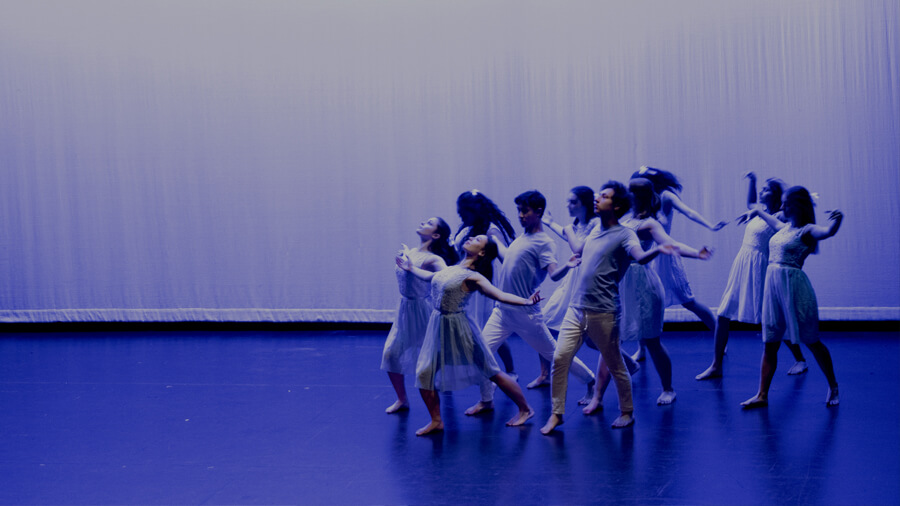
Course information
In Dance, students learn as artists, by making and interpreting dance performances that communicate to audiences. This course approaches the study of dance from the three key areas of choreography, performance and evaluation, exploring a variety of styles including Contemporary, Jazz, Hip Hop and World Dance. Through creating dance, students will explore ideas using the elements of dance, stylistic conventions and choreographic tools. Through presenting dance, students will have the opportunity to gain skills in using expressive techniques to convey the choreographer’s intent to an audience. By evaluating dance, students will learn as audiences, responding critically to dance to further understand and appreciate the work of others. Dance offers opportunities for students to increase physical fitness and health, as well as derive a sense of wellbeing, self-esteem and the necessary social skills to work effectively, both individually and collaboratively.
Post-school pathways
Do you enjoy or are you good at Performing Arts? (pdf, 110kb)
Workload expectation
All Performing Arts units have an emphasis on practical work with the inclusion of written analytical tasks and composition tasks.
Course pattern
Available as a Minor, Major, Major-Minor or Double Major course.
Suggested Minor course
Semester | Unit |
|---|---|
1 | Creativity in Dance |
2 | Communicating Meaning in Dance |
Suggested Major course
Semester | Unit |
|---|---|
1 | Creativity in Dance |
2 | Communicating Meaning in Dance |
3 | Dance in Context |
4 | Collaboration in Dance |
Unit descriptions
Creativity in Dance
Students learn about the creative process. Students develop the ability to create dance works with intention, originality, and impact on audiences. Students develop their imagination and ownership of ideas and dance works. They engage with the history, lineage, technical dance skills and the creative processes of dance. Students apply the creative process, experiment, and refine techniques, and use problem-solving strategies to express understandings of self, community, and the world.
Communicating Meaning in Dance
Students learn about how meaning is communicated in a variety of dance forms and styles. They explore technical dance skills, stage craft and production elements for communicating their ideas to an audience and reflect on their success. Students apply their dance literacy, knowledge, skills, and understandings to communicate their arguments and insight into themes and issues. This unit provides the opportunity for students to say something as well as make something.
Dance in Context
Students learn about how dance practitioners over time and place have embodied their knowledge. They explore the impact of dancers and choreographers from history and throughout the world and how they have expressed their understanding of self, place, and themes. Students create Dance works reflecting appreciating of techniques from diverse, cultural, geographical and/or historical contexts, observing ethical approaches and intercultural understanding.
Collaboration in Dance
Students learn about how to collaborate effectively to create and perform works that develop ideas and engage with the school and/or wider community. They explore the opportunities and challenges of working with other dance practitioners and/or artists to create a performance to meet a design brief. Students apply technical dance skills, creative, production, communication, technology, problem solving and collaboration skills to create multifaceted performance works engaging with the community.
Arts at Gungahlin College
Arts programs include Ceramics, Dance, Drama, Media, Music, Photography, Visual Arts, as well as Industry skills programs in Musical and Stage Performance and Live Production Services. Arts studios and classrooms are fully equipped with high-quality technology and resources, including a fully operational theatre.
